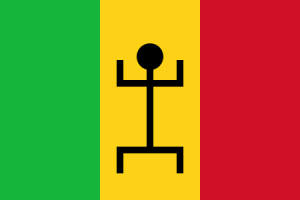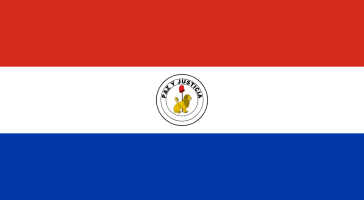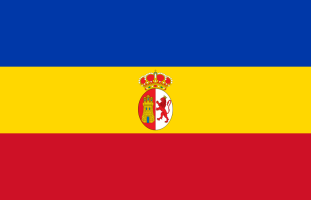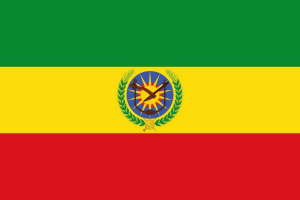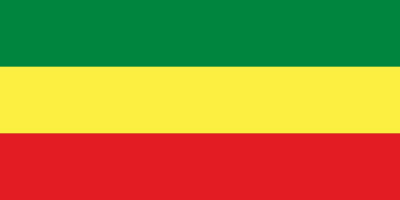Flags - Origin and evolutions.
The creation of this page was spurred by the flags shown on my Site Map page.
My interest in the symbology used grew from my efforts listing telegrams and other thelegraph stationery that often showed the Coat of Arms of that country.
The symbology on those were more nationalistic than was normal on postage or telegraph stamps, perhaps due to UPU restrictions.
Many of them are covered in my section on Telegram Seals, see Contents for an index of them.
I will try to list them in some sort of logical order, but clicking on what you want in this (sortable) list might help.
 1920 Vytis |
 1940-92 |
 1990-2 |
 1992 ??? |
Further information can be found at Britannica.com , Eh.Lenin.ru and DetailedPedia.com
Comments, criticisms, information or suggestions are always welcome.

Please include the word 'Flags' in the subject.
Last updated 6th. September 2025
©Copyright Steve Panting 2012/13/14/15/16/17/18/19/20/21/22/23/24/25 except where stated.
Permission is hereby granted to copy material for which the copyright is owned by myself, on condition that any data is not altered and this website is given credit.























































































































































































































